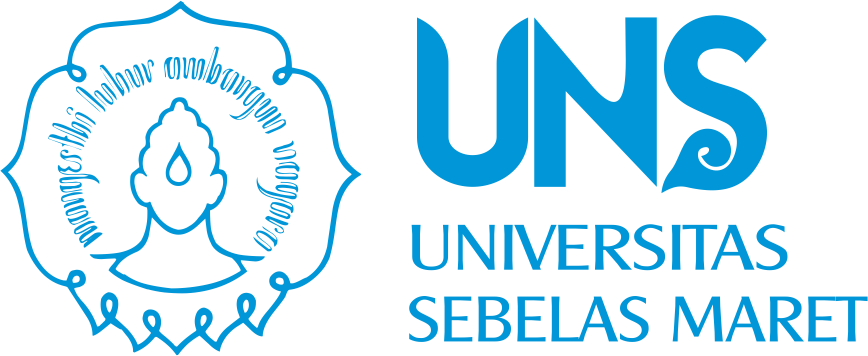UNS – Universitas Sebelas Maret (UNS) Professor in Cultural Study, Prof. Bani Sudardi, explains the health concept and medical tradition in Javanese culture. This was presented during the webinar organized by the Institute for Religion Research and Development, Jakarta, Tuesday (7/72020) through Zoom Meeting and YouTube. Prof. Bani mentioned that currently, traditional medication becomes a research trend, which leads to awareness of traditional medic.
“Synchronically, Java has 4 major regions, namely, Banyumas, Yogya-Solo, or Mataraman with a region extending from Purworejo to Madiun, and Jawa Wetan culture with a region starting from Caruban eastward to Banyuwangi and to the south into the Malang region. Aside from that, there is a Javanese cultural region known as Jawa Koek, a region that extends from Cirebon to Banten,” he explains.
In his presentation, Prof. Bani focuses on the Yogya-Solo culture, or surrounding Mataram kingdom. Traditional medicine can be divided into two major categories, namely herbal medicine and treatment using animals.
“In the new Javanese tradition, this type of work for compiling medicine information is often called ‘primbon’ a type of pastiche of knowledge. One of the biggest primbon is Serat Centhini. Besides that, there are various other small primbon such as Serat Primbon Atmasupana, Betal Jemur Adamakna, Primbon Ajiwara, Serat Munasiyat Jati, and many other,” he reveals.
One of the manuscripts that discuss the medical concept is Serat Munasiyat Jati. Prof. Bani also explained that there are several foods that can affect health according to this manuscript. Serat Munasiyat Jati also provides caution and suggestions as well as the consequences of the acts of consuming consume certain foods. Aside from the tradition of herbal medication, the Javanese community has a tradition using animals, since hundreds of years ago. This tradition is usually mixed with belief and ritual.
“The most used animals for traditional medicine is a chicken, which eggs will be utilized afterward. In Javanese culture, chicken eggs that can be utilized are the first eggs laid by a hen that previously has not been laying any eggs. This egg is called ‘telur tembean’, which means just laying an egg. Ayam kampung (chicken breeds from Indonesia and Malaysia) eggs are also believed to nourish the body for all ages,” he concluded. Humas UNS
Reporter: Bayu Aji Prasetya
Editor: Dwi Hastuti

